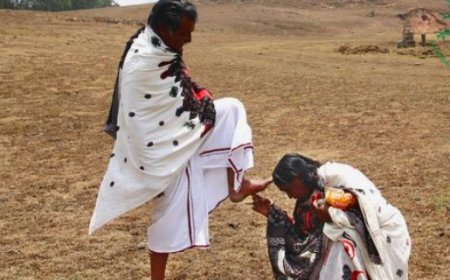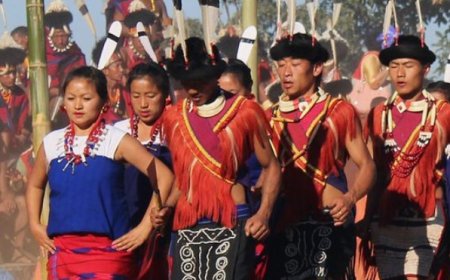Unveiling the Tribes of Haryana: A Tapestry of Culture, Tradition, and Resilience
Explore the vibrant communities that add colour and richness to the land of Haryana, from the Jats and Rajputs to the Ahirs, Rors, and Gujjars.

Revealing the Tribes of Haryana: An Exploration of Tradition and Culture
The varied tapestry of tribal people is one of the many highlights of Haryana, the country of colorful festivals, rich heritage, and agricultural wealth. These tribes greatly enrich the cultural environment of the state with their own customs and traditions. Let's go out on a quest to learn about the top 5 tribes in Haryana:
1. The Jats: A Leadership Legacy

The Jat tribe, at the top of the list, is known for their leadership and agricultural skill. With a population of more than 8 million, they are regarded as Haryana's largest agricultural group and are renowned for their perseverance and hard labor. Their impact is not limited to agriculture; they are also heavily involved in politics and the armed forces. Their pride-filled traditional clothing and vibrant festivals like Teej and Holi are only two examples of their rich cultural heritage.
2. Rajputs: Defenders of Bravery

The Rajputs are regarded as unique in Haryana due to their noble ancestry and valiant past. Their martial customs and dedication to honor bear witness to the legends of valor and chivalry that have woven themselves into their past. Even though they are less numerous than the Jats, they have a clear cultural effect. Their opulent palaces and forts serve as monuments to their architectural skill and serve as reminders of their illustrious history.
3. The Ahirs: Land Shepherds

Over two million Ahirs make up Haryana's expert shepherd community. Their job of caring for and tending to cattle has brought them respect and distinction, and it is an integral part of their life. Their proficiency in animal husbandry makes a substantial economic contribution to the state. Their distinctive folk songs and dances, which frequently highlight their strong ties to the land and their cattle, are a lively expression of their colorful culture.
4. The Rors: Artisans of Handiwork
The Ror tribe, distinguished by their remarkable proficiency in weaving and embroidery, has become an integral part of Haryana's cultural legacy. Their vivid colors and elaborate designs are evidence of their creative ability and commitment to their trade. Their pride in their cultural identity is shown in their traditional dress, which is embellished with beautiful needlework.
5. The Gujjars: A Rooted Tradition, Nomadic Spirit

The Gujjars give the tribal environment of Haryana a distinctive element because of their strong cultural identity and nomadic background. Their life experiences and strong bond with nature have influenced each other. Their brilliant colors and silver jewels adorning their traditional clothes represent their wandering heritage. Their lively dance and music customs are an expression of their vitality and tenacity, and they are firmly anchored in their cultural history.
Just a small portion of the dynamic and diverse tribal communities of Haryana are represented by these five tribes. Every tribe adds to the state's depth and variety with its own history, culture, and way of life. It is an excursion into different cultures, a celebration of ancestry, and a prompt to cherish and protect these communities' customs.











































































































































































































